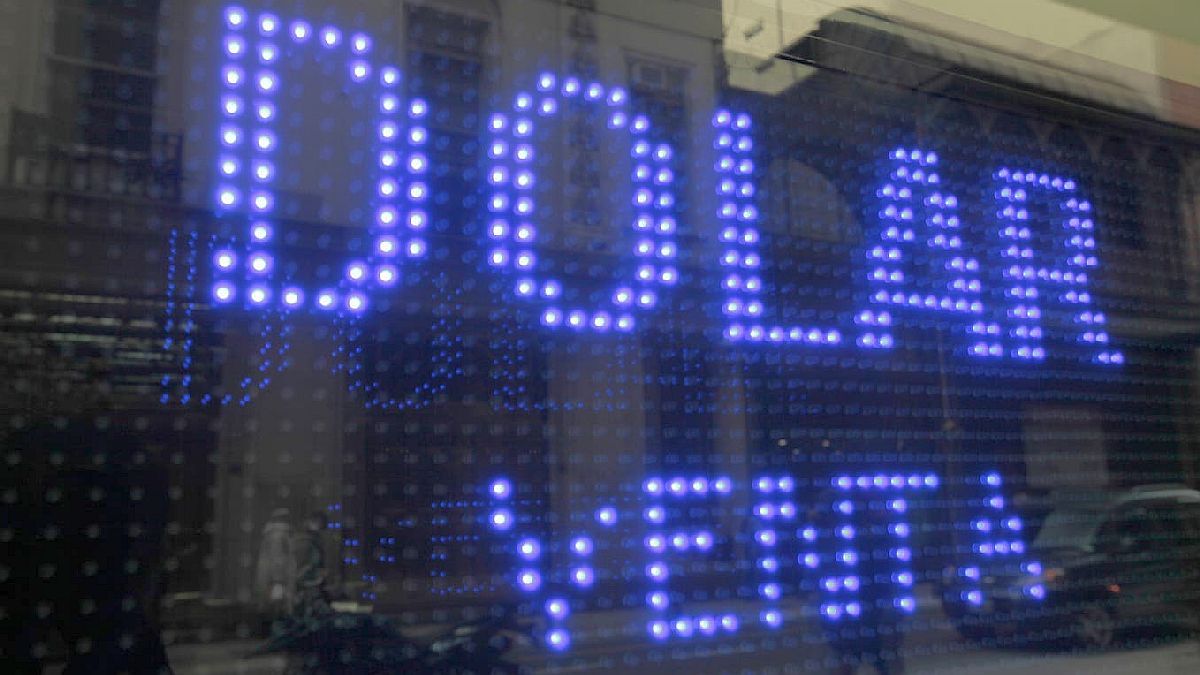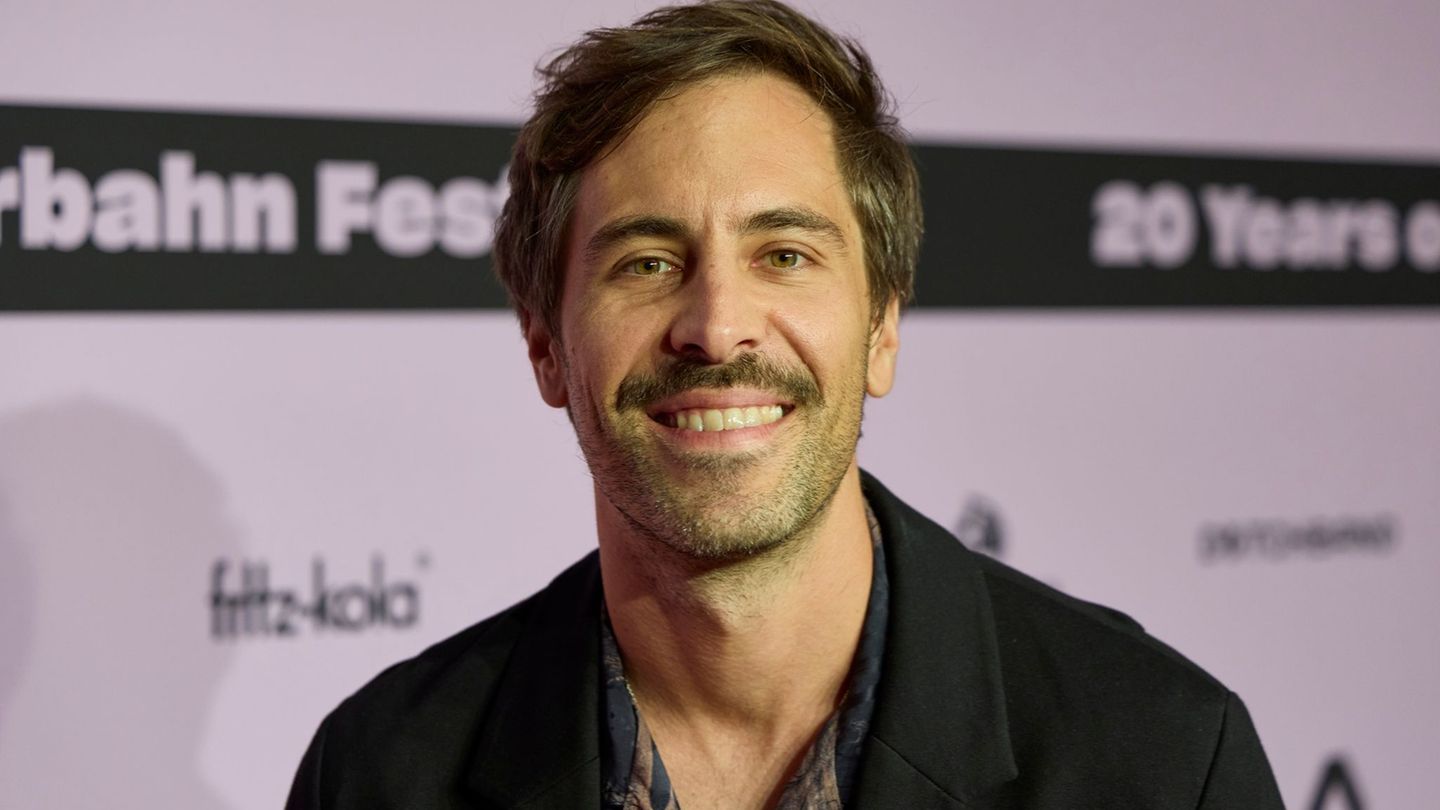When it seemed that the upward trend was unstoppable, the price began to contract. In the last three rounds it collapsed $12 to close this week at $200.50bringing the gap to the 74% zone.
The director of Rafaela Capital, Fernando Camussohe clarified in dialogue with Ambit that what happens to blue is a consequence of what happens to financial dollars.
“In January and February, faced with extreme volatility in financial assets in the world, and with the BCRA raising the rate, it was convenient for you to do a ‘carry trade’ in certain short periods. As of March, with the upsurge in inflation, plus a dollar that is strengthening in the world, the investor that operates the CCL dollar began to perceive that it no longer made sense to carry on. In these mechanisms you sometimes have a kind of overreaction. Now it adjusts you again, trying to find a balance above $200“, he explained.
The economist argued that the context of volatility in the world’s financial markets influences the instability of exchange rates in Argentina. “Thursday was a fairly acceptable market day, today is a negative day, especially based on what happened with Amazon. It is worth remembering that everything that is Cedears also arbitrates and look at what happens with the CCL,” he said.
For his part, the director of Libertad y Progreso, Aldo Abramput on the table the domestic factors that drove the demand for coverage in dollars until last Tuesday.
“After the closing of the agreement with the IMF, I expected a lasting tranquility in the exchange rate. This did not happen due to several factors: the risk of the ruling party collapsing, as happened prior to 2001 (and the attacks against Guzmán, which is a guarantee of reasonableness), the implementation of new expenses without foreseeing the resources to finance them (or raising taxes even more), and the risk of non-compliance with the goals with the multilateral credit organization,” he explained.
In that sense, he assured, “when you generate so much perception of risk, the logic is that everyone wants dollars or foreign assets, no one wants to sell and prices rise.”
“There comes a time when you, the investors, have already put all your savings in dollars and, for there to continue to be pressure on prices, the uncertainty should worsen. Otherwise, the pressure disappears. In these circumstances, everyone wants to buy at the same time, and vice versa when the trend changes. Hence the volatility. But if the government does not correct the factors that generate uncertainty, the long-term trend of the exchange rate is going to be upward,” Abram said.
The economist Gustavo Ber added to this medium the factor of greater need for pesos that usually exists at the end of the month, which generates sales in the parallel exchange market.
Even so, he warned that “the tranquility could be transitory and be subject to the external and internal context, since the operators recognize that the high nominal value of the economy – as a result of inflation – pushes the bottom.”
Source: Ambito
David William is a talented author who has made a name for himself in the world of writing. He is a professional author who writes on a wide range of topics, from general interest to opinion news. David is currently working as a writer at 24 hours worlds where he brings his unique perspective and in-depth research to his articles, making them both informative and engaging.




